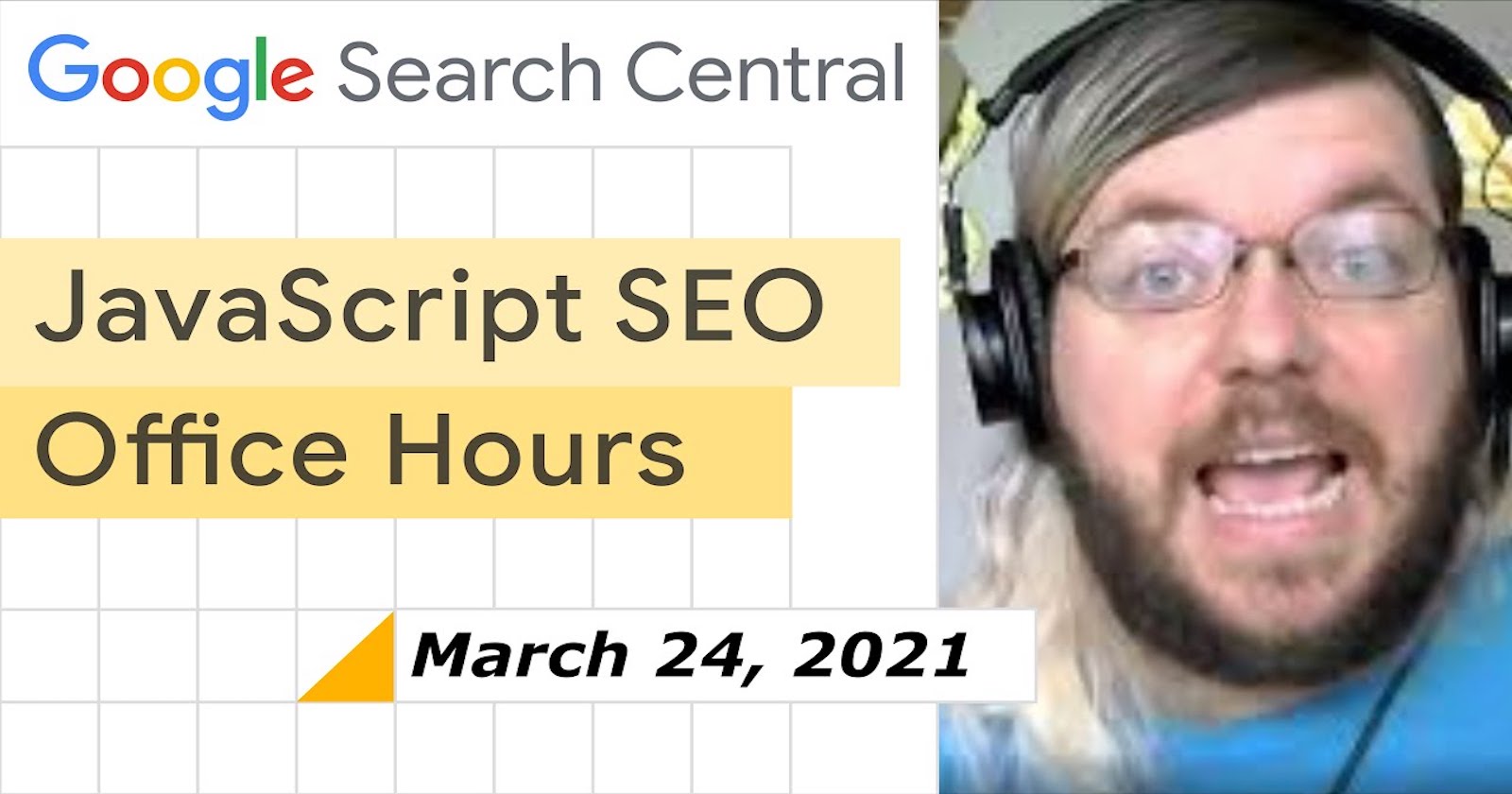Google advises site owners that the use of buttons on web pages is not optimal as Googlebot is not able to click on them.
That means anything hidden behind a button, such as a “Load More” button that reveals additional content when clicked on, may not get crawled by Googlebot.
If Google can’t crawl the content then it certainly can’t index the content either, which is why site owners are advised to use alternatives.
This topic came up during the Google Search Central JavaScript SEO hangout with Martin Splitt recorded on March 24.
A site owner named Tamás Somogyi asks Splitt about the “Load More” button on his site which triggers more article links to load on the same page.
He’s heard this setup is not ideal for Googlebot crawling, but hasn’t found a clear answer regarding what to do instead.
Here’s what Google’s Martin Splitt suggests.
Google On Alternative to “Load More” Buttons
Splitt says the best solution can vary from site to site, but there are a few guidelines that hold true for all sites.
Advertisement
Continue Reading Below
The first is that Googlebot does not click on buttons:
“It really is a question of what works best in terms of your implementation, but there are a few guidelines that are generally true. Number one is, if it’s a button, and when I say “button” I literally mean a button, not a link. If it’s a button you’re out of luck. Googlebot does not click on buttons, so we’re not interacting with that, so that’s bad.”
The next guideline that’s true for all sites is it’s better to use static links instead of buttons.
Splitt adds that it doesn’t matter what the URL of the link looks like, as long as it leads to a new page with unique content.
“The best idea would probably be to implement that button as a link that basically goes like “?page2”, or “/2″, or whatever. It doesn’t matter what the URL looks like the point is it goes to a URL that shows a different batch of content.”
Advertisement
Continue Reading Below
The most Google-friendly solution would be to ensure each page in a series of pages displays its own content.
If a web page displays 10 items, and a link has to be clicked to get the next 10 items, then the next page should display only the next 10 items. It should not repeat the initial 10 items and the next 10 items.
“I personally would argue the best would be, or the easiest for us would be, if the page 2 link shows just the batch of 10 items that are on page 2 because that would mean that we are seeing definitely unique content.
And depending on how much content each of these products has in the list, well in the list that you’re paginating there, you might end up if you have lots of content that we have already seen on other pages and then only 10 are different, it might get canonicalized away. Which is not what you want. So having unique content per page is definitely a benefit there.”
Splitt offers some JavaScript SEO tips to explain how developers can implement this in a way that allows for a smooth transition between pages for users.
Using JavaScript it’s possible to make a page appear as though it’s loading more content from the same page when it’s actually loading content from a different page.
“You can use JavaScript to overwrite this behavior for users so when they click that link it doesn’t behave like a link that actually takes you somewhere else. But actually you overwrite the behavior of the link to just include the next 10 items on the page, so that you don’t have the janky move between the pages if that’s what you want to avoid.
That’s how I would implement it. Is that the best strategy? Maybe. It depends on what you’re trying to do and it depends on what is possible in the platform that you’re working with. That’s a discussion to have with your developers.
But in general we don’t interact with buttons, so if that’s all you have then you are out of luck. We are not seeing the other content. Having static links to pages is definitely a better strategy.”
Advertisement
Continue Reading Below
Later on in the hangout Splitt says Googlebot doesn’t click on buttons because it’s “expensive” in terms of the amount of CPU power it would require.
Hear the full question and answer in the video below:

